As mentioned in some of the other posts; my daily hack at the moment is a 1998 2.5 TD Exclusive. So I had thought I better introduce her, and detail some of the trials and tribulations that I have had with her as well.
She is a well used example sporting 212K miles, and is now in pretty fine fettle after some initial grief.
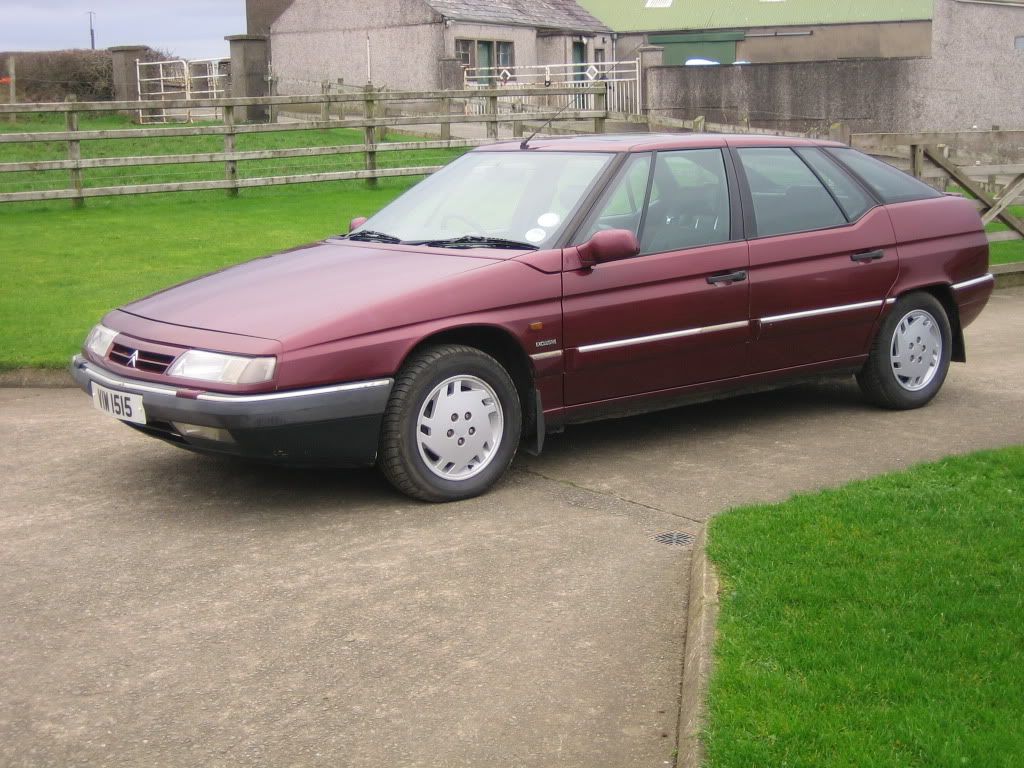
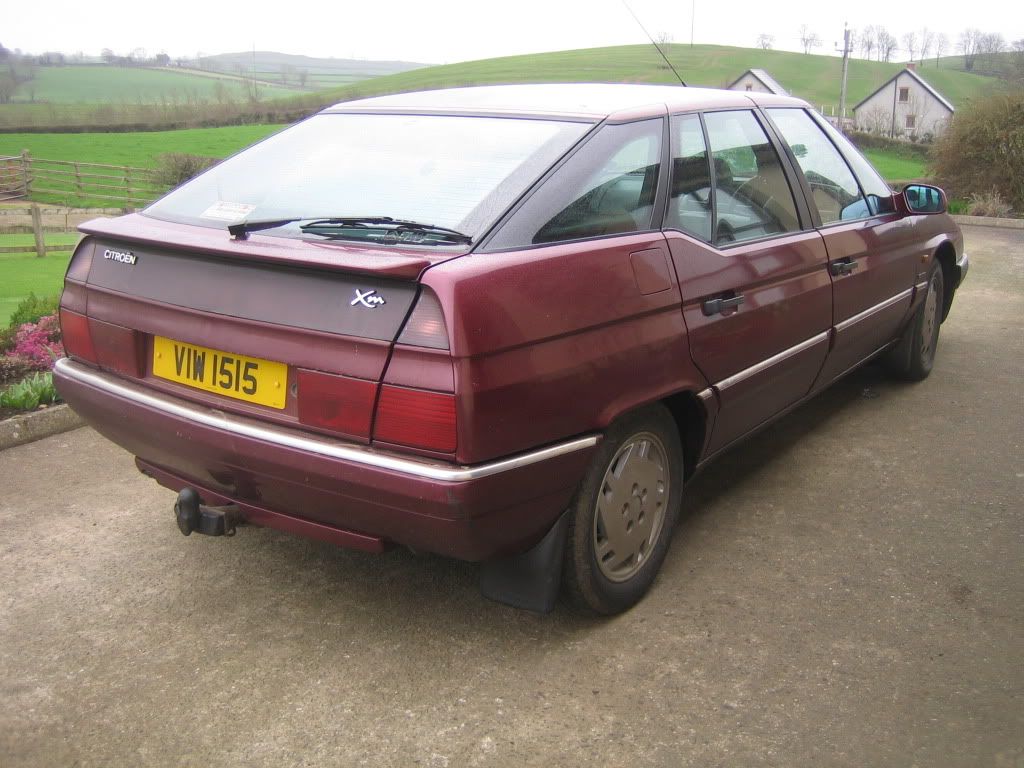
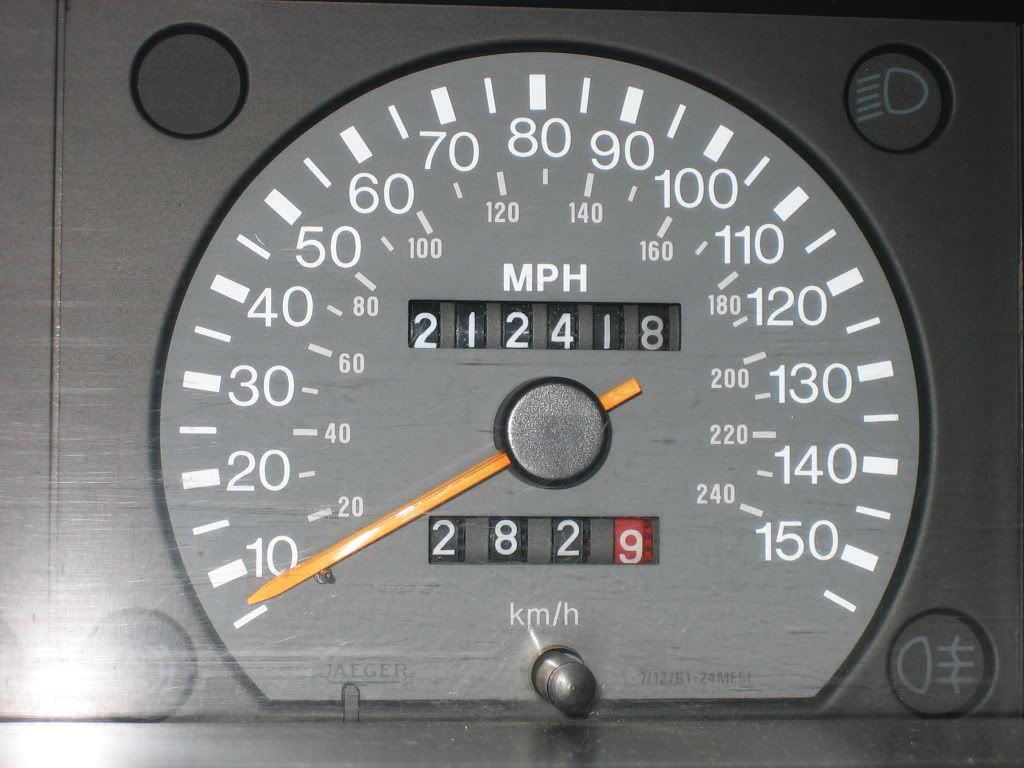
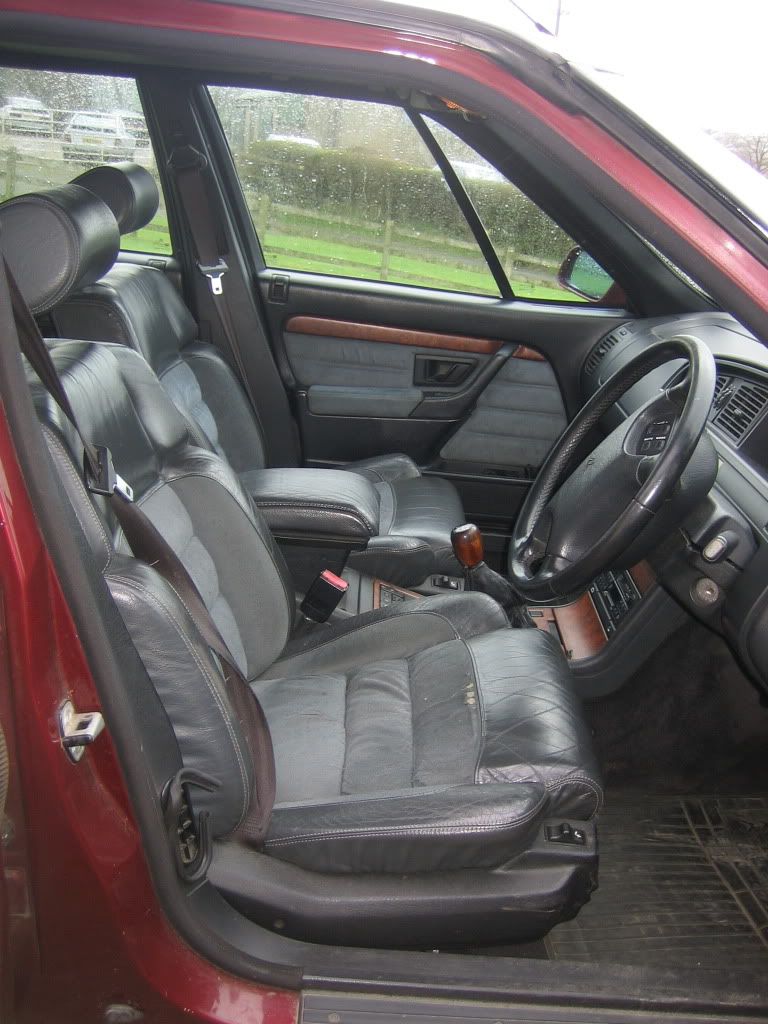
There is quite a bit of a story with this XM. It has spent most of its days with its previous owner in Belfast, and I have known the car for a while, and spoken to the previous owner a few times as well.
A few weeks ago, the car threw up the low engine oil pressure warning light, the previous owner called me for my opinion, so I said it was a 50/50 chance of being a genuine fault or a faulty sensor. In the end it was a faulty sensor, and there was no problem there. However the AA recovered the car home for him, and he decided to tow the car to his Citroen mechanic for repairs. Their journey usually takes them over 2 hours on a good day, so it was quite a trek to tow the car with a Pickup truck. Now our owner decided that he would have his son tow the car whilst he sat in the car with it running so he could have hydraulics! You don't need me to tell you of the lunacy of this, especially with a potential low oil pressure fault. But no matter; despite having brakes and steering, he still managed to crash the car into the back of the son's pick up!
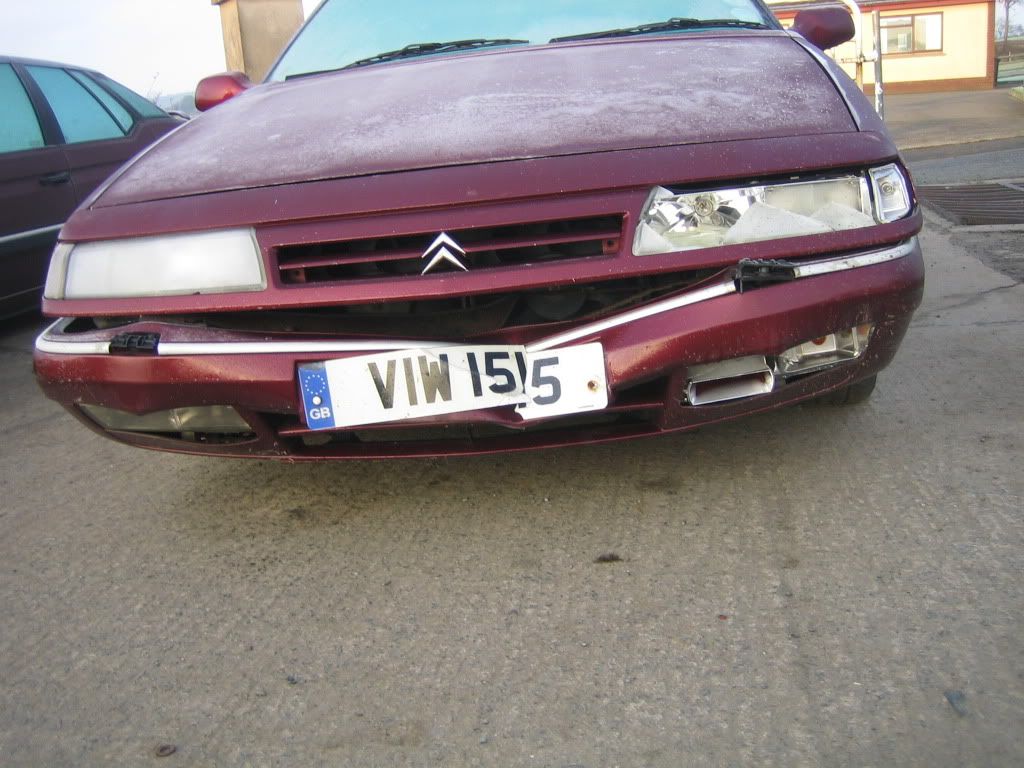
As chance would have it a friend of mine was driving by and told me about seeing this Xm involved in what he thought was an accident. I knew immediately who it was and offered to lend a hand to get his car back to the safety of my yard in the meantime as it was getting dark when this happened.
The rest is history and I bought the car to use for spares at worst, or to repair and use until the MOT and Tax expired.
The accident has damaged the bumper, and some of the lights as can be seen in the pictures but also the A/C rad, and the main rad end casing also broke where the rad shell locates into a hole in the subframe. The most annoying thing was that the radiators were both replaced with new items a few months previous to this.
On repairing the car, I took it for a drive, and was very disappointed with the lack of performance from the car. It wasn't as fast as I remembered the other 2.5s I had driven. It reminded me of the old 1.9 D BX estate I had a few years back, it was lethargic!
Being a later car it has extra crap to make the car comply with the then stricter emission requirements. A bit of initial investigation of all air hoses showed that the upper engine bay hoses were all in good condition and tightly clamped. A look underneath revealed that one of the air feed pipes at the back of the block was loose. Needless to say it was a bugger to tighten up the clamp. No noticeable improvement.
Next port of call was the vacuum pipes for the EGR. I removed the inlet manifold to investigate, and was surprised at how easy it was to remove from the car compared to the other 2.5s that I have broken. No wonder it was easy to remove, the EGR link pipe was not connected to the exhaust manifold.
I'm going to borrow Steve's (steelcity) pics if he doesn't mind to show the 2.5 EGR system.
This is what I was greeted to when the inlet was removed, a gaping big hole in the exhaust manifold where the link pipe should have been.

To seal that up, I found that a 24mm bolt head from an old towbar assembly was a nice snug fit. I welded the bolt into the exhaust manifold, and sealed the whole way round as best I could.
On the inlet side, the EGR valve sits under the inlet manifold.


To seal this side off, I cut the lid of a jam jar to size, and put some instant gasket around the inlet side and clamped the new seal piece onto the inlet manifold with the old EGR valve.
On re-assembly I took the car for a drive and noticed a slight improvement in performance, it was getting closer to a 2.1 TD auto
Throughout this whole process, I was talking to John (Xmexclusive) and browsing the French Planete Citroen forums.
I decided to investigate fuelling as the next port of call. I was going to change the fuel filter, and check the tank pick up for blockages, as the car would never smoke no matter how hard I drove it. The next thing I discovered was that the MAP sensor which measures the inlet manifold air pressure and sends signals to the ECU to increase fuelling when needed was gone. All I had was a bolt screwed into the pipe that the MAP sensor fits onto, and a spare electrical plug.
The MAP sensor usually bolts onto the bulkhead beside the LHM tank, and there are 2 types which happen to not be interchangeable! Below are the two types, the eariler more common variety and the later one below it again.
Credit for the pictures to some of the posters on Planete Citroen.


A quick trawl on Service.Citroen showed that the new sensor was still available for approx £150. Not wishing to pay that class of money, a quick part number search brought up that the same sensor was used on Rover 25 and 45 2.0 Turbo diesels. Excellent, I thought, the local scrappies will be filled with these! Not to be the case, plenty of K series cars but no diesels to be found. I did find an outlet for new sensors on e-bay: http://www.ebay.co.uk/itm/180633071559? ... 665wt_1164 . A much better price than the Citroen one you'll agree. A quick call to John to share my news on finding a supply of sensors, worked massively in my favour. One of John's Sorned cars has the same sensor on it, and I could borrow the sensor to try it out on my car. On Saturday morning the post mans arrival was waited with anticipation. The new sensor had arrived, and when fitted to the car normal service has been resumed.
This 2.5 now pulls like a train and flys! Excellent! Now my fuel economy is suffering! But I can now get where I want to go much more quickly!
My thanks to John for his invaluable help and support in helping me fix this car, has prolonged the cars life a bit longer (now going to run to MOT expiry and not Tax expiry and may even attempt to MOT again) and saved me a lot of heart ache and trouble.
